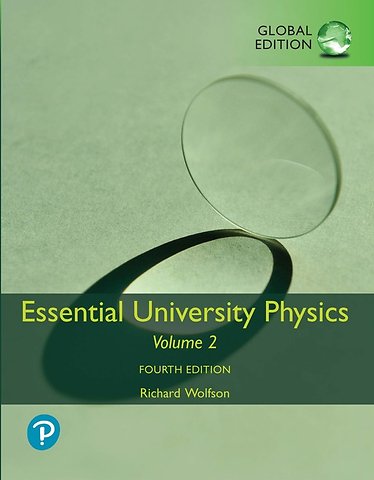Essential University Physics, Volume 1 & 2, Global Edition
Samenvatting
For two- and three-semester university physics courses.
Focus on the fundamentals and help students see connections between problem types
Richard Wolfson’s Essential University Physics is a concise and progressive calculus-based physics textbook that offers clear writing, great problems, and relevant real-life applications in an affordable and streamlined text. The book teaches sound problem-solving strategies and emphasizes conceptual understanding, using features such as annotated figures and step-by-step problem-solving strategies. Realizing students have changed a great deal over time while the fundamentals of physics have changed very little, Wolfson makes physics relevant and alive for students by sharing the latest physics applications in a succinct and captivating style.
The 4th Edition, Global Edition, incorporates research from instructors, reviewers, and thousands of students to expand the book’s problem sets and consistent problem-solving strategy. A new problem type guides students to see patterns, make connections between problems that can be solved using similar steps, and apply those steps when working problems on homework and exams. New digital tools and the interactive Pearson eText increase student interactivity to help them develop confidence in solving problems, deepen their conceptual understanding, and strengthen quantitative-reasoning skills.
Essential University Physics is offered as two paperback volumes available together or for sale individually.
Also available with Mastering Physics
MasteringTM is the teaching and learning platform that empowers you to reach every student. By combining trusted author content with digital tools developed to engage students and emulate the office-hour experience, Mastering personalizes learning and improves results for each student. Now providing a fully integrated experience, the eText is linked to every problem within Mastering for seamless integration between homework problems, practice problems, textbook, worked examples, and more.
